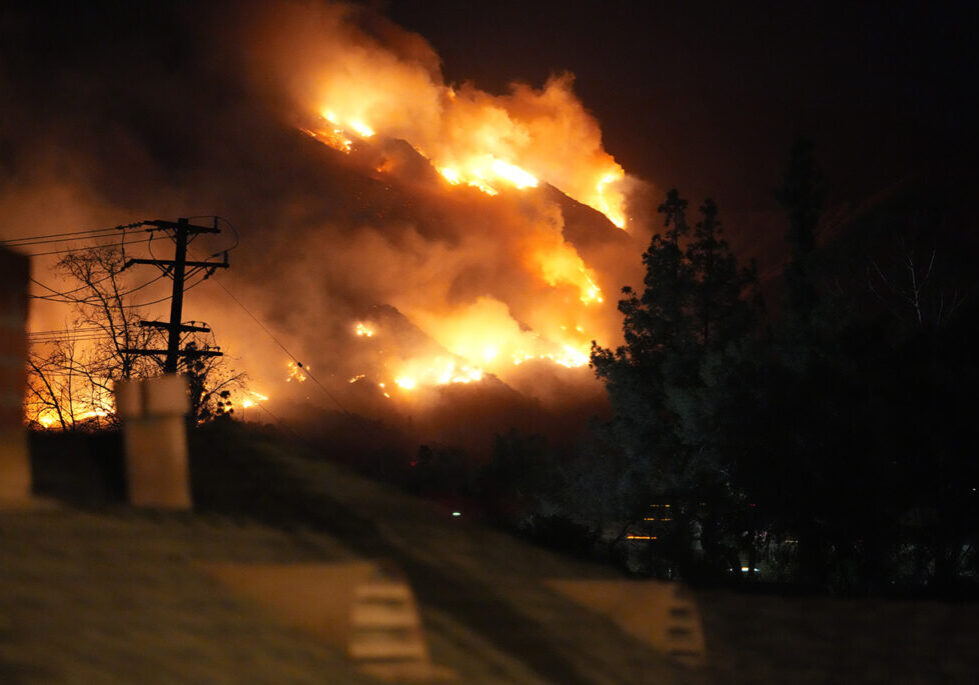Swimming pools are a quintessential part of Golden State living, offering respite from the heat and a place for family fun. Unfortunately, tragic outcomes are all too common.
According to a newly released study by the Centers for Disease Control and Prevention (CDC), drownings are on the increase in the United States. Between 2020-2022, 4,500 people died due to drowning, 500 more per year compared to 2019. The agency reports the issue is exacerbated by the fact 40 million adults (15.4%) in the United States do not know how to swim and over half (54.7%) have never taken a swimming lesson.
One of the most recent incidents happened in late June when an incoming Chino High School freshman was found unresponsive at the bottom of the pool during a football team swim party. The juvenile’s life could not be saved.
“Forty-eight percent of all drowning deaths occur in June, July and August,” San Diego County Supervisor, Jim Desmond, said in a recent article. “And with so many of us enjoying the water to stay cool in these high temperatures, it is essential to prioritize water safety.”
9 Facts About Swimming Pool and Drowning Accidents
By understanding the statistics surrounding swimming pool accidents in California, you can take preventative measures to lower the risk of something going wrong.
1. A Leading Cause of Child Fatalities
Drowning stands as a leading cause of death for children under 5 in the United States, according to the CDC report. This also holds true for California where the California Department of Developmental Services (DDS) reports that drowning is the leading cause of injury-related deaths among young children, surpassing even motor vehicle accidents.
2. Home Pools: The Primary Danger Zone
While public pools have their risks, the majority of drowning incidents for young children occur in home swimming pools. The familiarity of one’s backyard can create a false sense of security. The U.S. Consumer Product Safety Commission (CPSC) found that 81% of fatal drownings that involved children under 15 happened in a residential setting, either at the victim’s home, or the home of a family member, friend, or neighbor.
3. California’s Drowning Rate
According to the California Department of Public Health (DPH), one in every 100,000 Californians die from drowning annually. Despite the warm climate, abundance of pools, and year-round swimming season, California has a lower rate of drownings than 34 other states (Alaska tops the list).
4. The Silent Tragedy of Near-Drowning
While fatal drownings capture headlines, near-drowning incidents can have devastating lifelong consequences. Survivors often face severe, permanent brain damage due to oxygen deprivation. DDS data for California shows that 52 children per year survive but are disabled because of a near-drowning accident.
5. The Crucial Role of Supervision
Lack of proper supervision is a major factor in many swimming pool accidents. The National Drowning Prevention Alliance reports 70% of drownings among young children happen during non-swim times. However, the alliance also emphasizes supervision has to be done right, advocating for the Five Layers of Protection combined with the 3 C’s of Supervision (Close, Constant, Capable).
6. The Impact of Safety Measures
Implementing proper safety measures can dramatically reduce the risk of pool accidents. The Red Cross states that the installation of four-sided isolation fencing around home pools can reduce a child’s risk of drowning by 83% compared to three-sided property-line fencing. Additionally, pool covers and alarms provide extra layers of protection when the pool is not in use.
7. Gender Disparity in Drowning Risk
Statistics reveal a troubling gender disparity in drowning incidents. Male children are at significantly higher risk of drowning than their female counterparts. The Children’s Safety Network reports that boys are about twice as likely as girls to experience fatal drowning. This disparity is often attributed to higher risk-taking behavior and overestimation of swimming abilities among males.
8. The Role of Alcohol in Adult Incidents
While children are at highest risk, adults are not immune to swimming pool accidents. According to the CDC, alcohol use is a contributing factor in up to 70% of water recreation deaths among teens and adults. Impaired judgment, balance, and coordination significantly increase the risk of drowning, even for experienced swimmers.
9. Seasonal Trends in Drowning Incidents
Unsurprisingly, drowning deaths tend to spike during the summer months in California as well as the rest of the country, according to a CPSC report. The period between Memorial Day and Labor Day, often referred to as the “100 Deadly Days of Summer“, because of the nationwide rise in teen motor vehicle crash fatalities, also sees a dramatic increase in swimming pool accidents. However, it’s important to note that in our mild climate, drowning remains a year-round risk.
Contact Penney & Associates
At Penney & Associates, we understand the devastating impact these accidents can have on families. While we hope this information helps prevent future tragedies, we also recognize that accidents can occur despite best efforts. If you or a loved one has been affected by a swimming pool accident, it’s crucial to understand your legal rights and options. With offices across California, including Rocklin, Roseville, Los Angeles, Chico, Redding, and many more, we are always near where you are. Please contact our experienced team of trial attorneys for a free consultation.
Read More
Where Are Boaters Most at Risk in California Waterways?
What Sets the Best Personal Injury Law Firms Apart?
10 Common Accidents in the Summer



